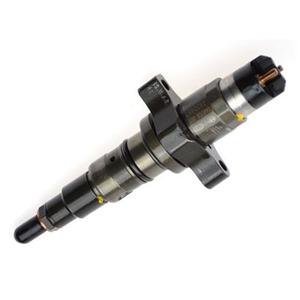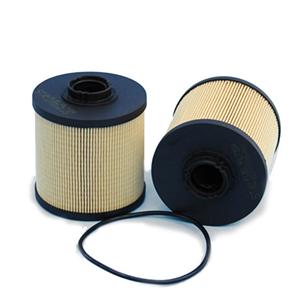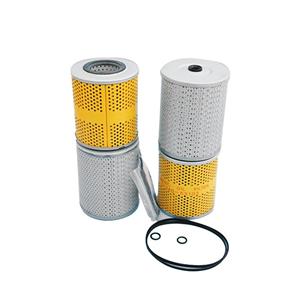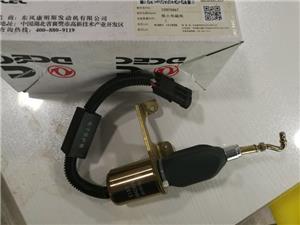Basics of Automatic Transfer Switches (ATS)
What is an Automatic Transfer Switch (ATS)?
An automatic transfer switch (ATS) is a type of intelligent power switching device governed by dedicated control logic and used with a diesel generator to automatically switch between the mains and generators in the event of a power failure. The generator will start / stop automatically depending on the mains supply.
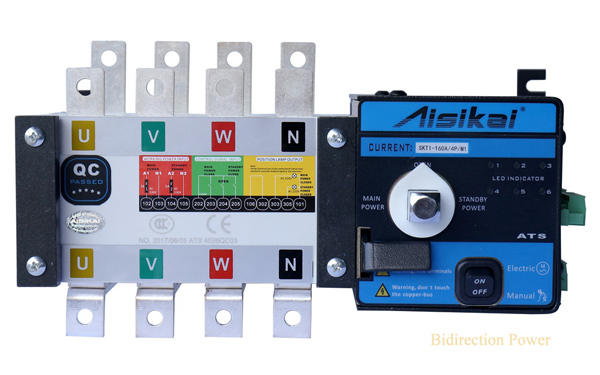
Why is an Automatic Transfer Switch (ATS) Important?
In order to ensure the continuous delivery of electrical power from one of two power sources (usually are mains & generators) to a connected load (lights, sockets, motors, computers, electric appliances, etc.), a transfer switch (either manual or automatic) will perform the function of switching. Since the two types perform the same function, why we focus on the automatic one? Because the automatic one does the process automatically, which saves a lot of time & manpower and reduces the length of power outage. It is quick and efficient.
This switch device isolates two power sources: mains & generators. It avoids the mains power coming into contact with the generator, which would almost certainly burn out if this happened, and it stops the generator from back feeding the mains when its failed, endangering the lives of electricity utility workers. The ATS is the heart of emergency power.
How Many Types of Automatic Transfer Switches (ATS)?
There are two types of automatic transfer switches, circuit breaker type and contactor type. The circuit breaker type has two interlocked circuit breakers, so only one breaker can be closed at any time. The contactor type is simpler design that is electrically operated and mechanically held. It operates faster than circuit breaker transfer switches, which reduces transfer time. Usually, the circuit breaker one is integrated with circuit breaker, controller, terminals & canopy box, which is convenient for future wiring.
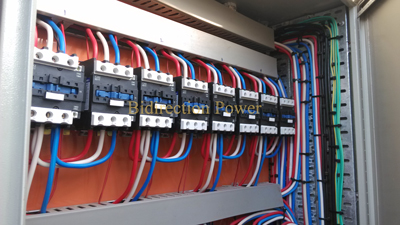

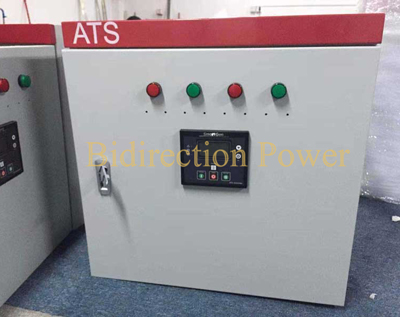
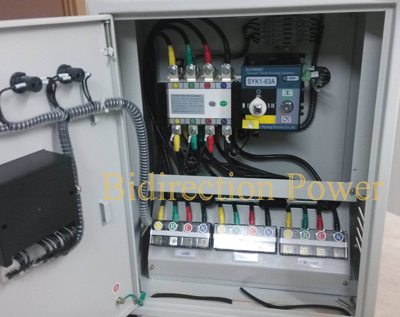
How Does an Automatic Transfer Switch (ATS) Work?
The control logic or automatic controller is typically microprocessor-based and constantly monitors the electrical parameters (voltage, frequency) of primary and alternate power sources. Typical working process is as below:
1) The mains power fails,
2) The transfer switch shifts the load from the mains terminal to the backup power source (a generator or backup mains) when its power is stable (with rated voltage and frequency).
3) The transfer switch returns the load from the backup power source to the mains terminal when mains power is restored. The retransfer process is self-acting.
What Are the Advantages & Disadvantages of an Automatic Transfer Switch (ATS)?
1. Advantages:
1) You do not need to switch it every time the mains fails and you want to run the generator.
2) You do not need to start the generator manually each time.
3) Even if you aren't nearby, you can still start the backup power.
4) It can react as soon as the mains fails.
2. Disadvantages:
1) Cost - the automatic transfer switch is much expensive than a manual transfer switch;
2) Control - the automatic switch will cause the generator to start even if you aren't home - unless you remember to turn off the generator.
3) Extra Wiring - there are control cables needed for the automatic transfer switch to work.

